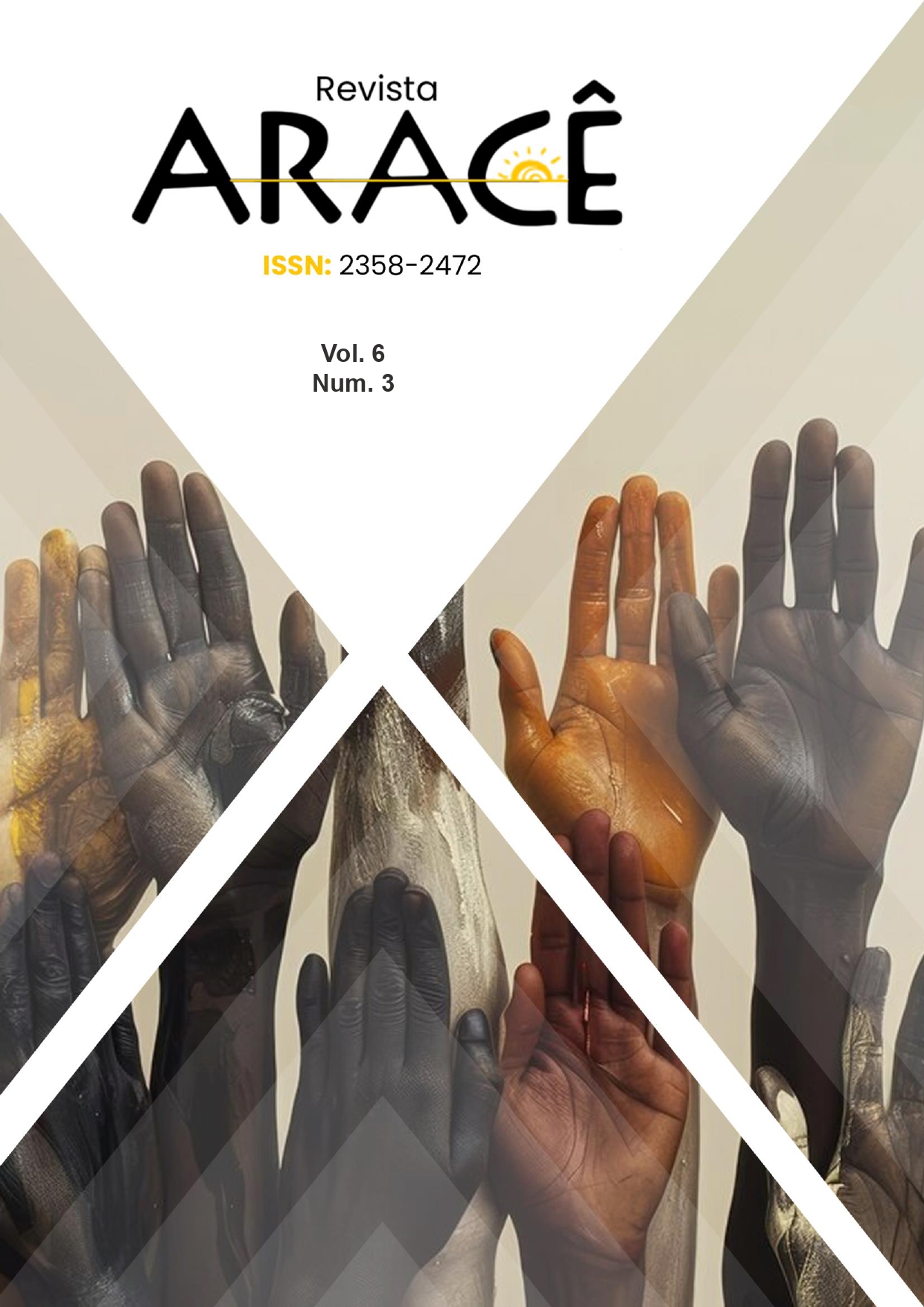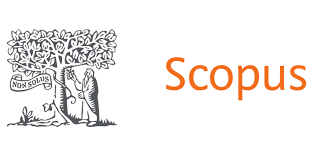BIOMEDICINE AS AN ESSENTIAL TOOL IN WORKERS' HEALTH AND IN THE PREVENTION OF OCCUPATIONAL RISKS: AN EPIDEMIOLOGICAL STUDY
DOI:
https://doi.org/10.56238/arev6n3-343Keywords:
Biomedicine, Occupational Health, Prevention, Laboratory Tests, Quality of LifeAbstract
Biomedicine is essential and a partner in the preventive health of workers, helping in the early identification of health changes arising from the work environment. Periodic laboratory tests tend to highlight the risk factors associated with working conditions. The aim of this study was to identify biochemical and hematological patterns in workers exposed to occupational risks. The study methodology was descriptive, quantitative, and epidemiological, with analysis of 3,428 laboratory tests from 1,145 workers, covering biochemistry, hematology, immunology, and toxicology. The results revealed alterations in 5% of the exams, with emphasis on liver enzymes and blood glucose in the biochemistry, in addition to complete blood counts in hematology, suggesting lifestyle habits and/or metabolic stress and inflammation associated with the work environment. It is concluded that regular laboratory monitoring is crucial for early diagnosis, reduction of occupational risks and development of preventive strategies, promoting the health and quality of life of workers.






